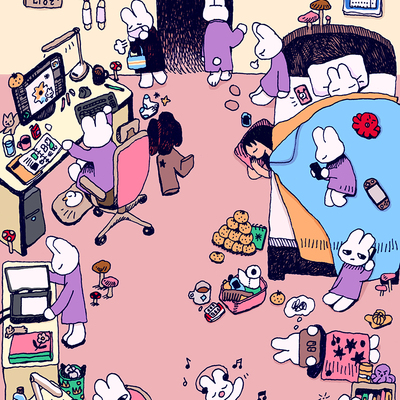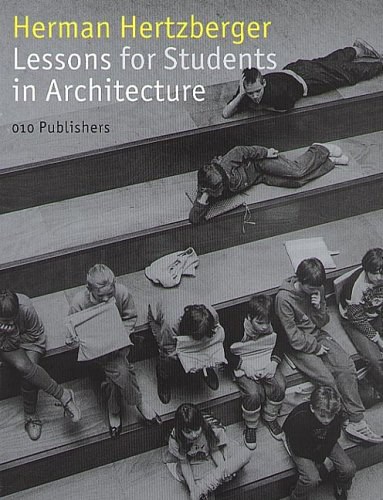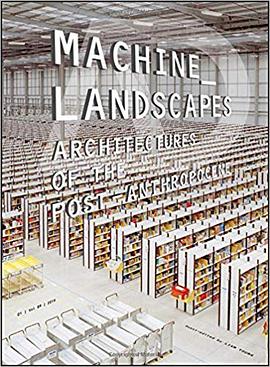Herman Hertzberger Lessons for Students in Architecture [图书] 豆瓣
作者:
Herman Hertzberger
© Uitgeverij 010 Publishers, Rotterdam
1991
目录
A. public domain 公共场所
1. Public and Private 公共与私密
2. territorial claims 领地的宣告
3. territorial differentiation 领地的划分
4. Territorial zoning 领地区域
5. From user to Dweller 从使用者到居民
6. The “in-between” 那些“在其中的”
7. Private claims on public space 公共场所中的私人区域
8. public works concept
9. The street 街道
10. the public domain 公共区域
11 public space as constructed environment 基建中的公共场所
12. public accessibility of private space 可进入的私人区域
B. making space,leaving space 构建空间,留出空间
1.structure and interpretation 结构与诠释
2. form and interpretation 形式与诠释
3. structure as a generative spine:warp and weft 结构的DNA:经度与维度
4. gridiron 格子
5.building order 建筑的秩序
6.functionality,flexibility and polyvalence 功能,灵活性与多用性
7. form and user:the space of form 形式与使用者:空间与形式
8. making space,leaving space 构建空间,留出空间
9.incentive 动机
10. form as an instruments 形式就如乐器
C.inviting form 令人激动的形式
1. the habitable space between things 间隙中的可居住区域
2. place and articulation 空间与表达
3. view 1 图例一
4. view 2 图例二
5. view3 图例三
6. equivalence 等价
A. public domain 公共场所
1. Public and Private 公共与私密
2. territorial claims 领地的宣告
3. territorial differentiation 领地的划分
4. Territorial zoning 领地区域
5. From user to Dweller 从使用者到居民
6. The “in-between” 那些“在其中的”
7. Private claims on public space 公共场所中的私人区域
8. public works concept
9. The street 街道
10. the public domain 公共区域
11 public space as constructed environment 基建中的公共场所
12. public accessibility of private space 可进入的私人区域
B. making space,leaving space 构建空间,留出空间
1.structure and interpretation 结构与诠释
2. form and interpretation 形式与诠释
3. structure as a generative spine:warp and weft 结构的DNA:经度与维度
4. gridiron 格子
5.building order 建筑的秩序
6.functionality,flexibility and polyvalence 功能,灵活性与多用性
7. form and user:the space of form 形式与使用者:空间与形式
8. making space,leaving space 构建空间,留出空间
9.incentive 动机
10. form as an instruments 形式就如乐器
C.inviting form 令人激动的形式
1. the habitable space between things 间隙中的可居住区域
2. place and articulation 空间与表达
3. view 1 图例一
4. view 2 图例二
5. view3 图例三
6. equivalence 等价


